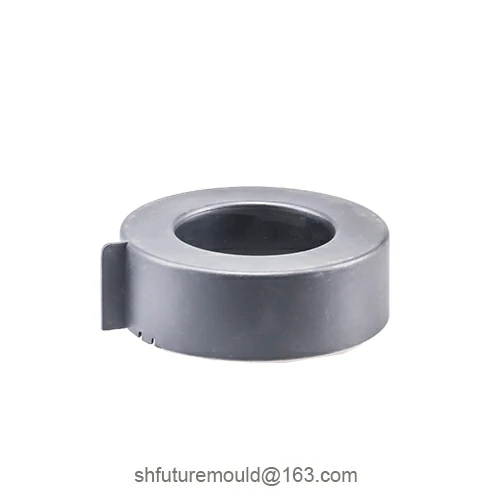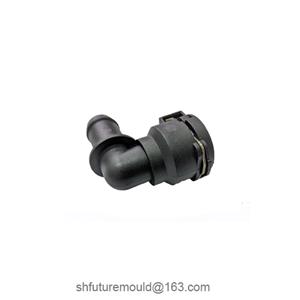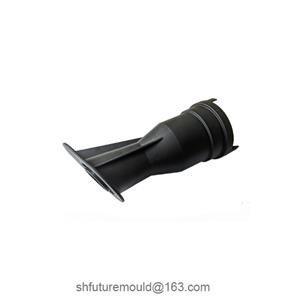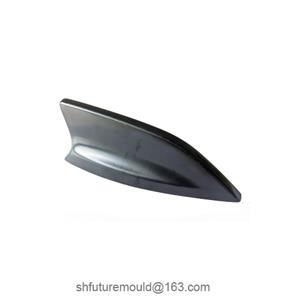Causes of Product short shot in Injection Molding
Product short shot in injection molding refers to the incomplete filling of the mold cavity with molten plastic during the molding process, resulting in incomplete or missing material in certain areas of the product. This is a common defect in injection molding that can significantly impact product quality and performance.
Injection molds are one of the primary causes of product underfilling. Improper mold design, manufacturing, or maintenance can lead to excessive mold resistance, hindering the flow of molten plastic. Specifically, the following factors can contribute to short shot caused by injection molds:
Improper sprue Location and Size: The sprue serves as the channel for molten plastic to enter the mold cavity, and its location and size significantly impact product filling. Improper sprue placement can result in excessively long filling paths and increased flow resistance, while undersized sprues restrict melt flow.
Inadequate Runner and Gate Design: Runners and gates are channels that distribute molten plastic from the sprue to various parts of the mold cavity. Poor runner and gate design can also lead to excessive flow resistance. For instance, excessively long, narrow, or excessively curved runners, as well as unevenly distributed gates, can hinder melt flow.
Venting Issues: During injection molding, air and other gases are generated within the mold. Inadequate venting can trap these gases in the mold cavity, obstructing the flow of molten plastic.
Rough Mold Surfaces: Rough mold surfaces increase the frictional resistance to melt flow.
Low Mold Temperature: Low mold temperatures cause the molten plastic to cool too quickly, reducing its fluidity and increasing flow resistance.
- Injection Mold
- Automotive Injection Mold
- Electronics & Electrical Injection Mold
- Consumer Goods Injection Mold
- Airplane Components Injection Mold
- Medical Components Injection Mold
- Irrigation Components Injection Mold
- Injection Molds




